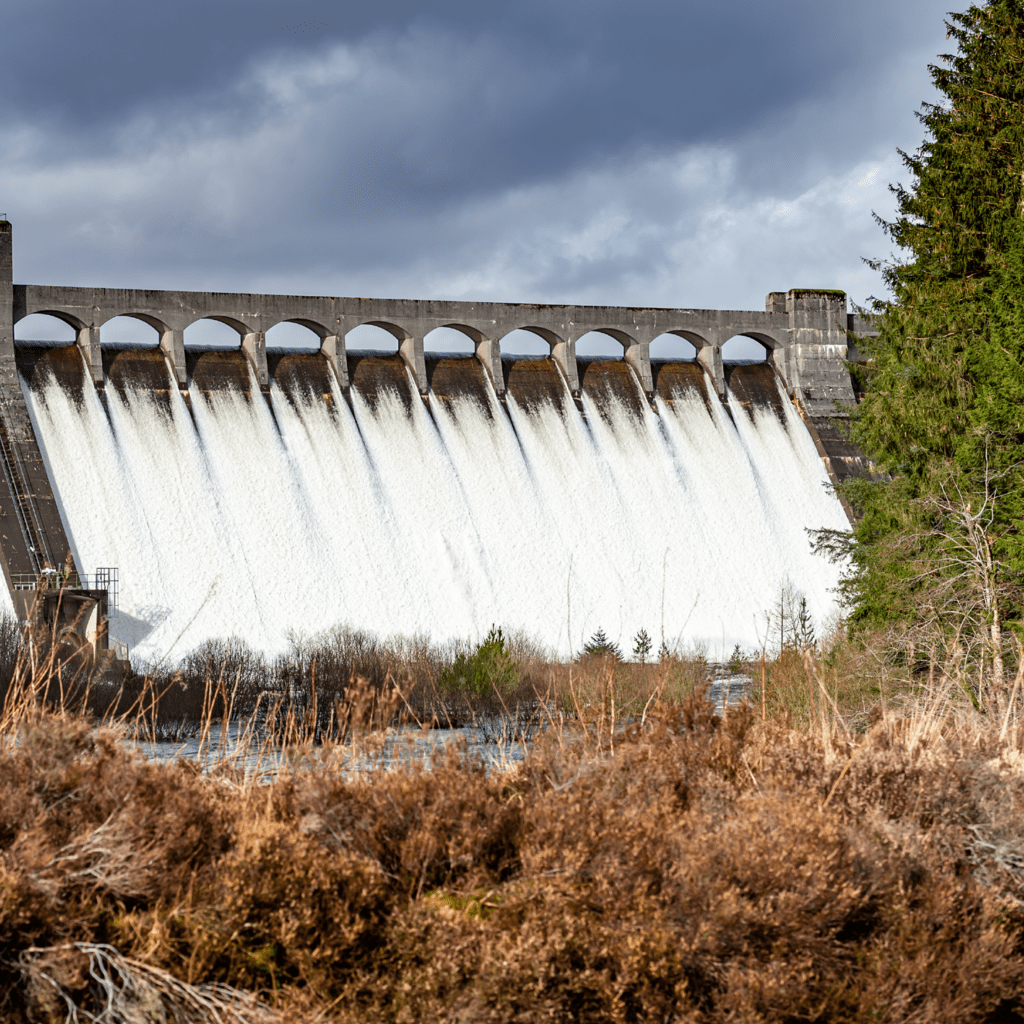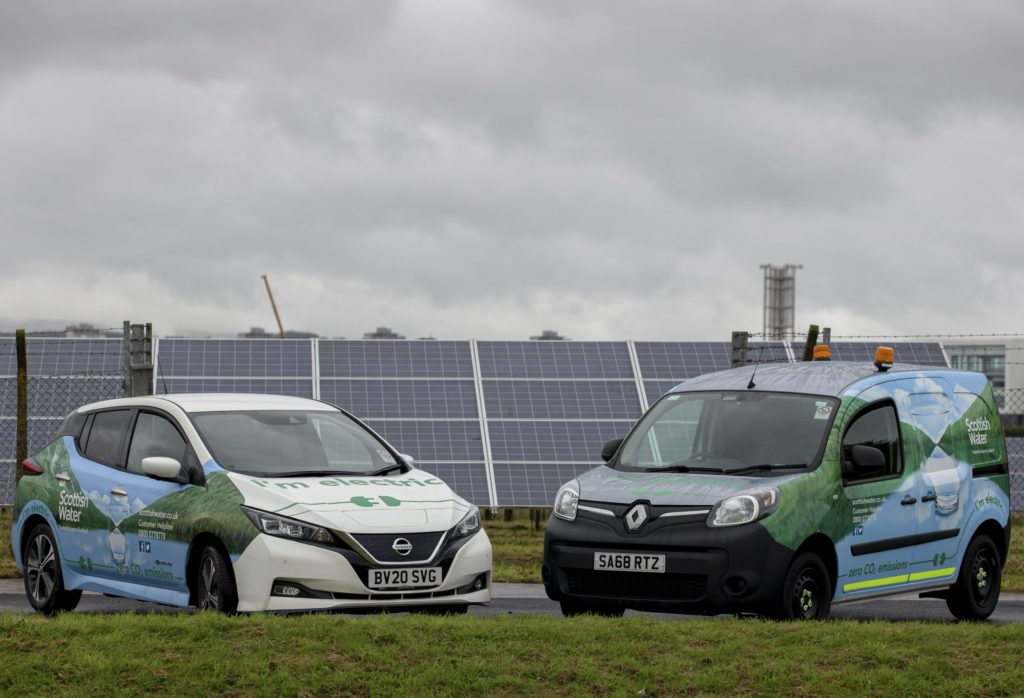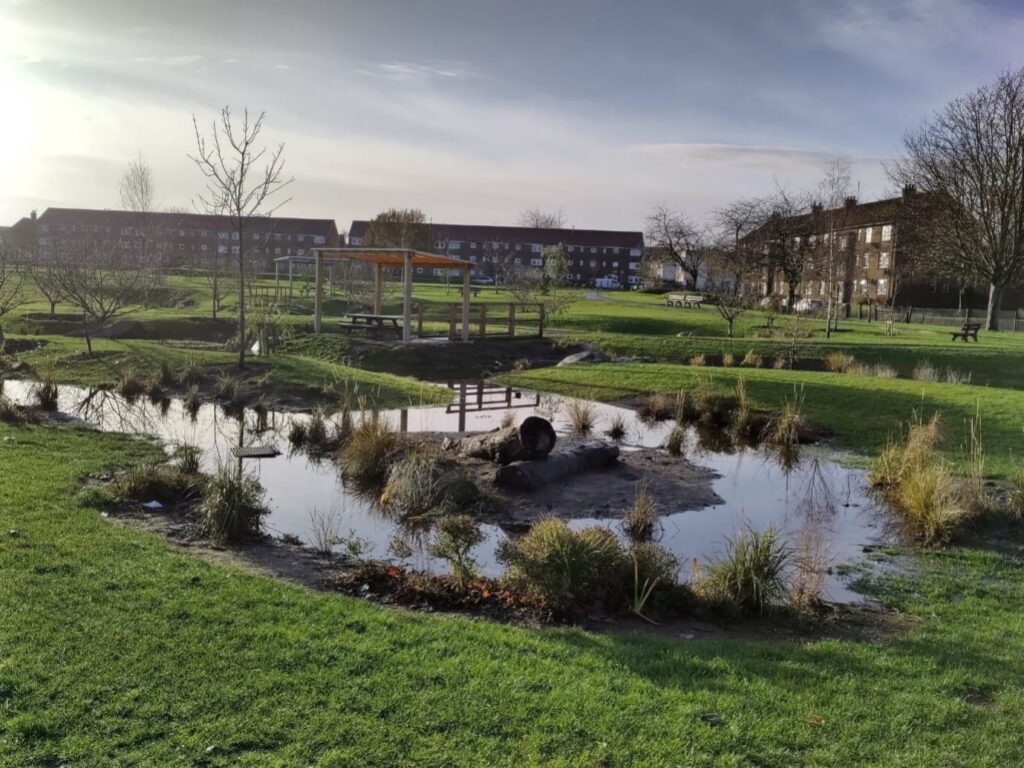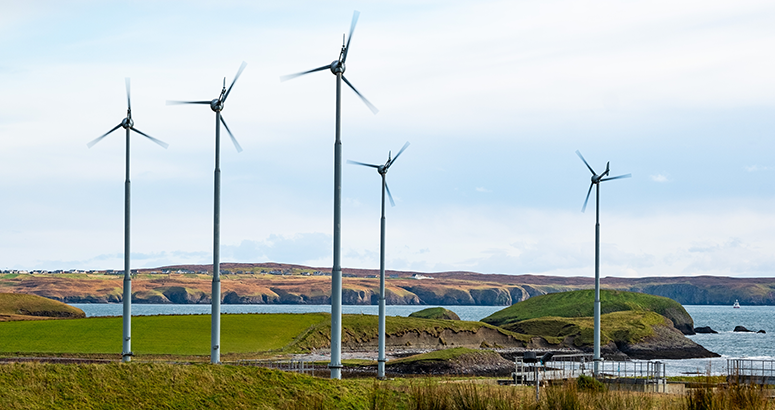
The second annual update of Scottish Water’s Net Zero Emissions Routemap has been published and highlights the progress. View the annual update here.
Last year saw a reduction of 18,000 tones in operational greenhouse gas emissions – taking the total yearly figure to 231,000 CO2e. This was achieved though delivering a mixture of energy efficiency, generating our own renewable energy, transforming our fleet and planting more than 200,000 trees.
In 2006/07, the baseline year for measurement, the figure was 462,000 CO2e.
These are all emissions which stem from the processes of managing and delivering Scotland’s daily water needs and waste water treatment.
Scottish Water produces more than 1.5 billion litres of water a day and treats more than 1 billion litres of waste water, returning it safely to the environment.
“This is a significant milestone to have reached, but we are committed to doing much much more at scale and speed to ensure we meet our 2040 net zero targets. We are on track to exceed our original routemap target on operational emissions of 60% by 2025.”
Professor Simon Parsons, Director of Strategic Customer Service Planning
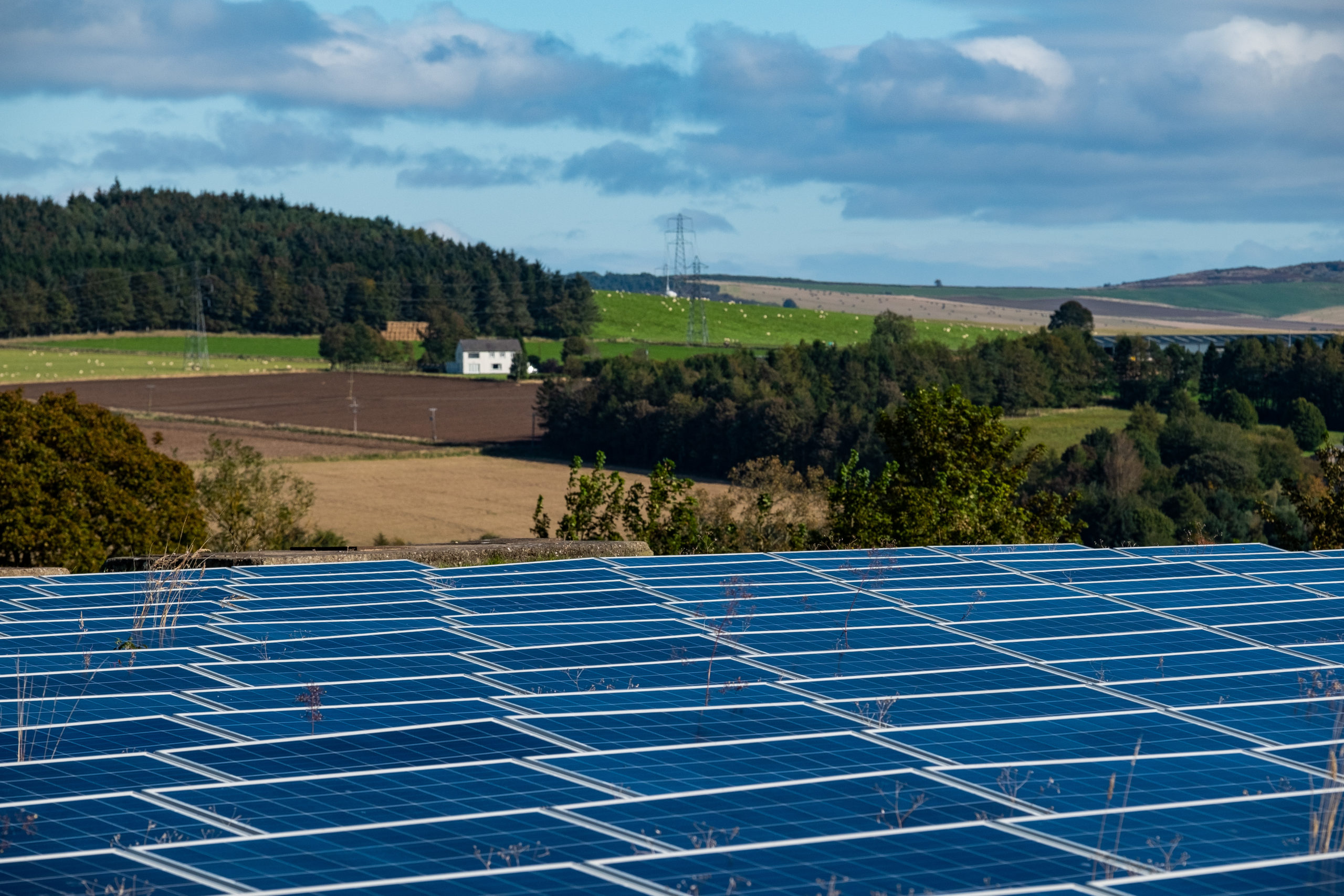
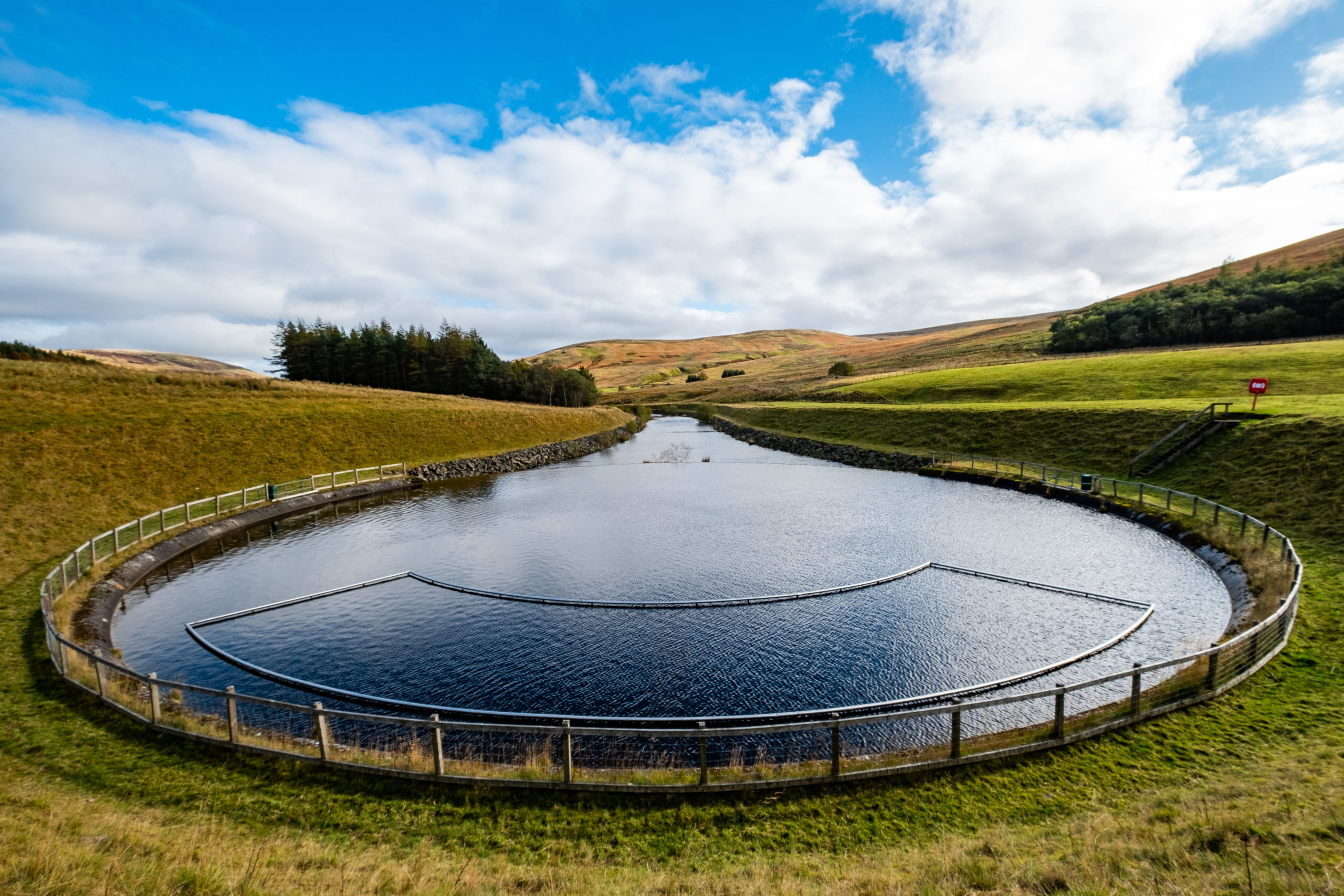
The second annual routemap update highlights key areas of progress over the past year and follows the publication of the net zero transformation strategy in September 2020. Activity in all key areas of the Routemap has helped reduce, capture or eliminate emissions as well as identify areas for future innovation.
“In our second year of delivering on our Routemap commitments, we are seeing real forward momentum, delivering in-year emissions reductions which reduce our impact on the environment and firm foundations being laid for further gains in the years to come. The climate crisis clock is ticking ever more quickly and the need for us all to take urgent and considered action is vital.”
Douglas Millican, Scottish Water’s Chief Executive





